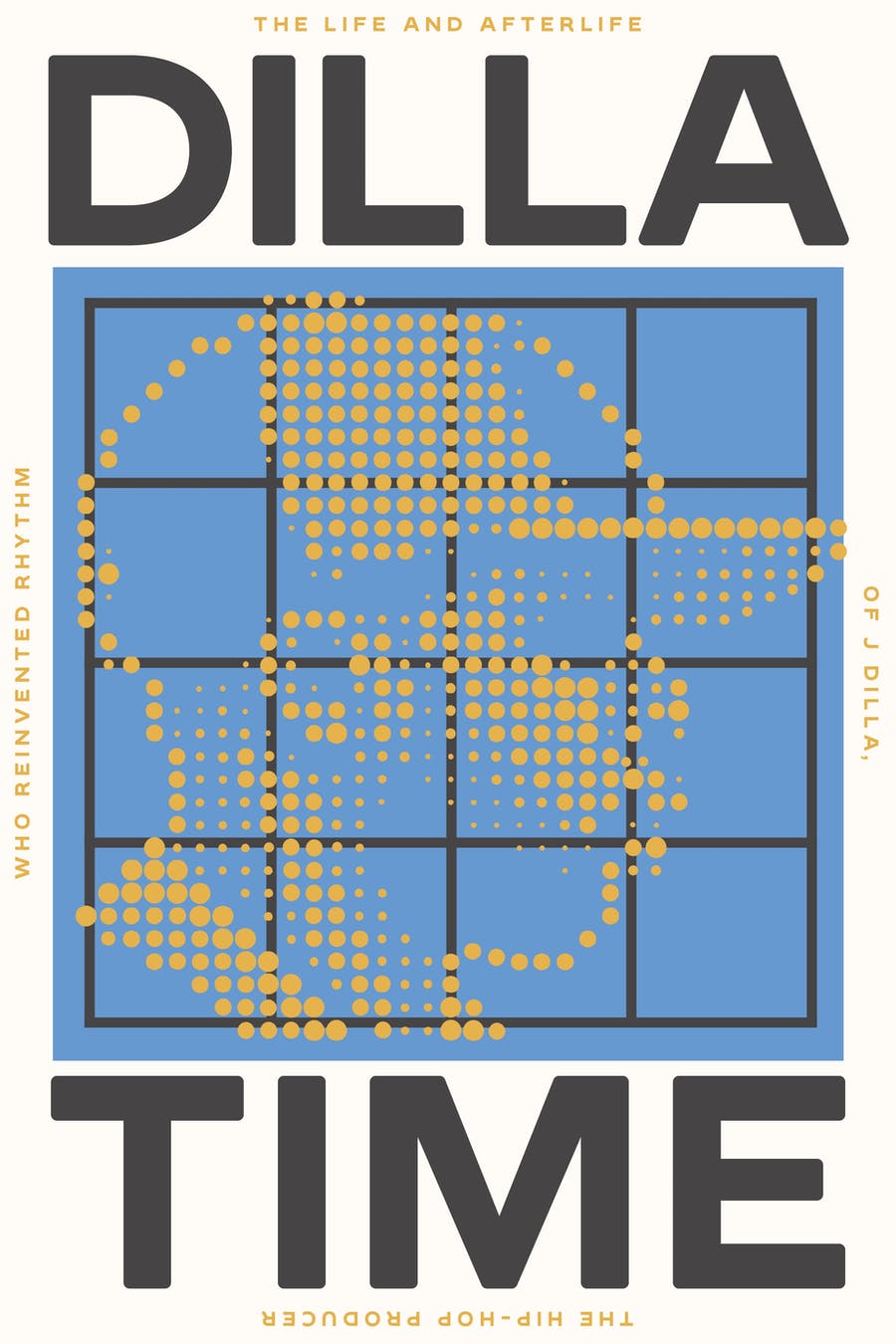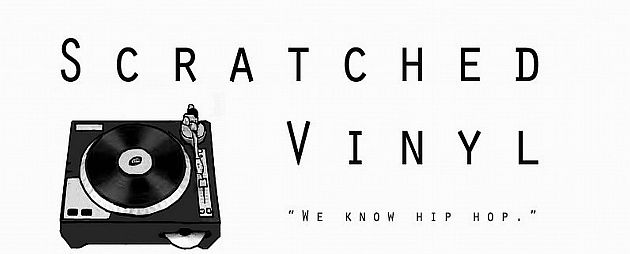Dan Charnas - Dilla Time: The Life and Afterlife of J Dilla, The Hip-Hop Producer Who Reinvented Rhythm
Written by Chi Chi Thalken on February 14, 2022Dan Charnas has worn a few different hats over the years. He worked as A&R at Def American before switching lanes and becoming a journalist who wrote for The Source, NPR, Billboard, and others. His first book, The Big Payback: The History of the Business of Hip-Hop, came out in 2010, and instantly became required reading for hip hop nerds everywhere. Since that time, he has become Associate Arts Professor at the Clive Davis Institute of Recorded Music at New York University, where a few years back he began to develop a course on the great Detroit producer J Dilla. That then led Charnas further down the rabbit hole of learning more about Dilla, which led to four years of research and conducting around two hundred interviews, and now, another seminal hip hop text, Dilla Time.
The first thing about Dilla Time that makes this book special is just the amount of time and the depth of research that Charnas put into the book. Some artists are easier to write about than others, but when an artist like Dilla has had so much mythology built around them, and people have been fighting over his estate and his legacy, it can be a little difficult to get down to the facts and figure out what really happened. Charnas dove as deep as he could to get all of the facts, investigating the smallest details. When he reached certain parts of the narrative that came down to two disputing stories with no witnesses, he makes it a point to document that there are different claims to the truth, and we may never know exactly what happened at that particular moment. Through this attention to detail, we get the clearest and most detailed account of Dilla’s life that has been put into print.
For most authors, that would be enough, but Charnas knew that there were two other important factors that shaped Dilla’s legacy that needed to be addressed in the book. One is city of Detroit, where Dilla was born and raised and spent all but the last couple years of his life. Charnas does an excellent job of distilling the history of the city and guiding you through an understanding how everything from the geography to the economic climate and systemic racism to the musical traditions of the city came into play and shaped the life and music of Dilla. The other issue, of course, is the titular Dilla time, or the way that J Dilla reshaped the rhythm of pop music since his arrival on the scene in the mid-‘90s. In lesser hands, the book could have gotten really bogged down in technical details and lost in the weeds of music theory. However, using a combination of graphs, illustrations, and explanations of different aspects of Dilla’s production techniques, Charnas is able to get to the heart of what made Dilla so different as a musician in a way that most readers without a lengthy background in music theory can understand. If that wasn’t enough, Charnas also does a brilliant job of tying in the cultural history of music theory itself, and creates a great discussion about how talking about Dilla’s rhythm as “off” just reinforces the oppressive notations of European notation that dominates the discussion of pop music in the U.S.
Dan Charnas covers a lot in Dilla Time, giving readers the most thorough and well-rounded picture of Dilla to date. It’s a lengthy tome, but Charnas is such an engaging writer that for all of the extensive information contained within, this book is a real page turner. Any hip hop nerd will not just learn a lot, they will absolutely devour this book and go running to listen to all of the music mentioned throughout. As it just so happens, Charnas has put up a playlist on DillaTimeBook.com to accompany your reading, so you don’t even have to run that far. Seriously, though, because of this book we can all take our discussions of Dilla up to the next level and really engage with the music and the man from all sorts of different angles.
| Title: | Dan Charnas - Dilla Time: The Life and Afterlife of J Dilla, The Hip-Hop Producer Who Reinvented Rhythm |
|---|---|
| Label: | Farrar, Straus and Giroux |
| Year: | 2022 |
| Rating: | 9/10 |

